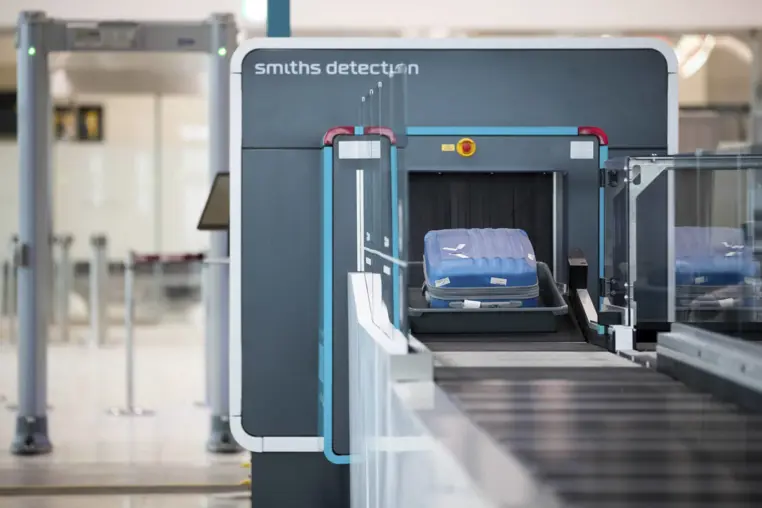When it comes to the airport passenger journey, the security screening process is typically seen as one of the most stressful points. With the removal of shoes, belts and jewellery, having to separate belongings into trays, and taking electronics and liquids out of bags, queues tend to build, and so does passenger impatience. For this reason, the application of advanced technologies at the checkpoint has been a priority for airports in a bid to create or maintain a competitive advantage. This priority has become an imperative in a world with coronavirus, with the need to rebuild confidence in air travel and increase operational efficiency by creating a seamless flow of passengers through security while minimising all contact points.
That’s where computer tomography (CT) comes in. Typically employed in the medical sector, CT technology generates 3D, volumetric x-ray images. In the context of airport security, CT scanners enable security operators to inspect baggage from every angle. Automatic explosives detection algorithms and automated object recognition software, which can detect prohibited items such as weapons, support operators in making fast and accurate decisions. This not only boosts operational efficiency, but also the security outcome.
The growing adoption of this technology around the globe is great news for passengers, with CT scanners eliminating the need to take liquids and electronic devices out of luggage, drastically cutting queuing times and creating a more frictionless experience at the checkpoint.
In the US for example, the Transportation Security Administration (TSA) is working to implement CT technology, and recently Miami International Airport unveiled seven Smiths Detection CTiX scanners installed at TSA checkpoints, allowing passengers to keep laptops and electronic devices in their carry-on bags to minimise touch points during the screening process.
However, CT scanners also support the enhanced health and safety measures implemented at airports, by minimising touch points. With automatic detection capabilities and low false alarm rates, unnecessary interaction between passengers and operators is reduced and physical distancing amongst travellers can be more easily implemented with quicker screening. With liquids and laptops being allowed to remain in bags during screening, the number of trays handled by both staff and passengers is drastically reduced.
CT scanners can certainly help airports address critical issues faced by COVID-19, but what about the unknown threats of the future? Checkpoint enhancements must still be geared towards maximising security to most effectively address emerging crime, terrorist and biological threats, while optimising passenger experience. The self-service, fully automated checkpoint of the future is the ideal, and CT scanners play a crucial role in turning this concept into a reality. At Smiths Detection we are committed to harnessing the advanced detection performance of our CT technology to enhance our algorithmic automatic object recognition software even further. This could enable alarm-only viewing of X-ray images, to create a contactless and highly efficient security process.

